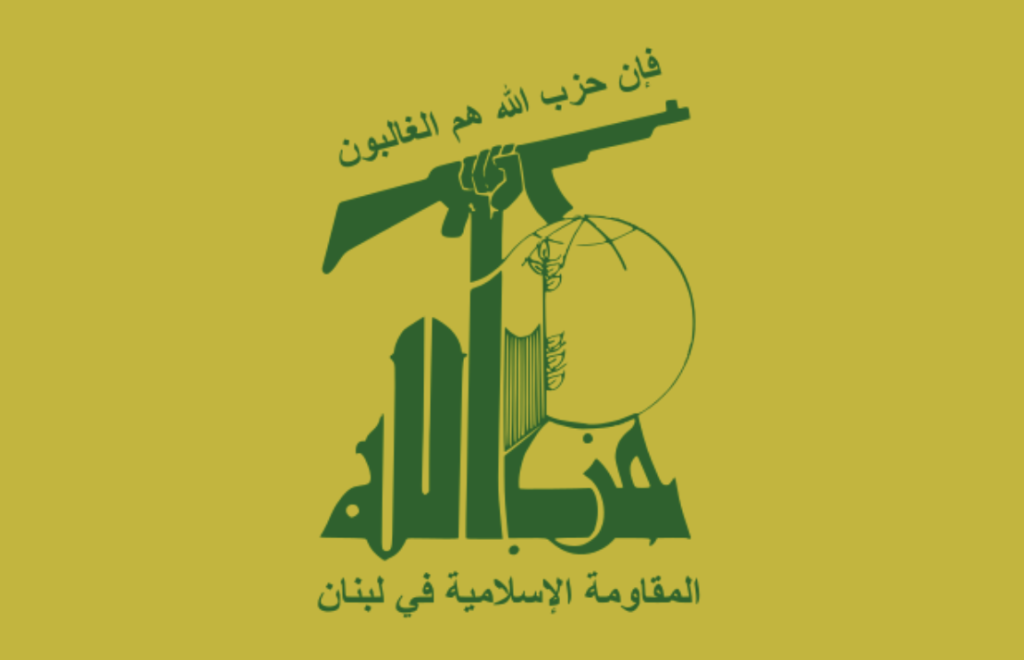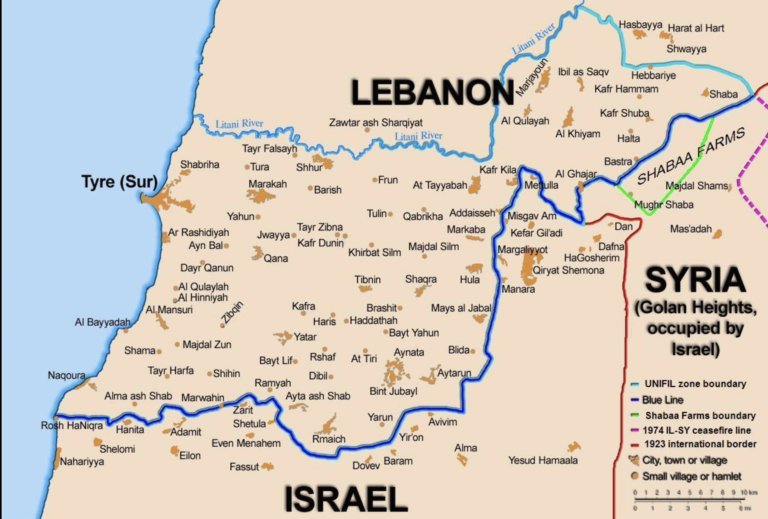By Andrea Tucci,
Although the Israel-Hamas war in Gaza has captured the world’s attention, there is a serious risk of war between Israel and Hezbollah.
Since October 7, 2023 there have been over 4.400 rockets, missiles, and other stand-off attacks by Israel and Hezbollah combined.
Hezbollah has also repeatedly violated UN Security Council Resolution 1701 by deploying forces, and firing anti-tank guided missiles, and other stand-off weapons against Israel from the zone between the Blue Line and the Litani River.
The United States needs to increase its diplomatic engagement to prevent what could become a much wider, and more violent war in the Middle East.
Israel, and Hezbollah conducted periodic operations against each other in the 1980s and 1990s despite the presence of the United Nations Interim Force in Lebanon (UNIFIL), and Hezbollah succeeded in forcing the Israeli military to withdraw from Lebanon in 2000.
Although Israel withdrew from Lebanon, clashes between Hezbollah and Israel persisted in the Shebaa Farms area, situated at the intersection of the Lebanon-Syria-Israel border. Hezbollah asserted that Shebaa Farms belonged to Lebanon, notwithstanding the United Nations’ determination that it is Syrian territory. Despite this, Israel maintained its occupation of the area
Another area of dispute was the village of Ghajar located west of Shebaa Farms, and bisected by the Israel-Lebanon border. Its residents have both Lebanese and Israeli citizenship.
For years, a fence divided Ghajar, but Israeli forces reoccupied all of Ghajar in 2006 and today retain control there.
The low-level conflict between Israel and Hezbollah flared into an all-out war in 2006 after a Hezbollah cross-border kidnapping operation.
The 2006 war ended with UNSCR 1701, which created a zone between the Blue Line, and the Litani River along the borders of Israel, Lebanon, and Syria. According to UNSCR 1701, the area between the Blue Line and the Litani River should be free from any armed personnel, assets, and weapons except for those of the government of Lebanon and UNIFIL.
The violence between Israel, and Hezbollah has already started to climb after nearly two decades of low-level conflict.
Since October 7, there have been more than 4.400 violent incidents concentrated around the Blue Line, and the Golan Heights involving Israel and Hezbollah.

Hezbollah flag
The repercussions of the October 7 attack and clashes between Hezbollah and Israel have displaced more than 150.000 people on both sides of the Israel-Lebanon border since October 2023, including roughly 80.000 civilians from northern Israel and 75.000 from southern Lebanon.
Hezbollah has approximately 30.000 active fighters and up to 20.000 reserves. In 2006, its rocket units were designed to set up a launch site, fire, and disperse in less than 28 seconds, relying on prepositioned equipment, underground shelters. Hezbollah has built a network of tunnels, and bunkers in the hills of southern Lebanon to host, and move equipment and personnel relatively securely.
Hezbollah also uses this infrastructure to launch ambushes and rocket attacks.
Hezbollah’s experience fighting in support of Bashar al-Assad in Syria for the past decade has given it access to capabilities and competencies used by conventional armies and can now conduct coordinated manoeuvres of larger forces, employ suppressive artillery to support larger groupings of forces.
Hezbollah is probably the most heavily armed non-state group in the world, and its stockpiles of rockets, missiles, estimates of how many rockets and missiles Hezbollah possesses vary from 120.000 to 200.000. Because of Hezbollah’s close relationship with Iran, it is likely that Tehran would resupply Hezbollah quickly if it used this arsenal in a conflict with Israel. This resupply is easier than in the past, as Iran’s presence in Syria expanded considerably after Tehran came to the rescue of the Syrian regime when civil war broke out after 2011, creating a land bridge that enables weapons to go from Iraq to Syria to Hezbollah in Lebanon. This stands in sharp contrast to Hamas where weapons, and people must be smuggled via tunnels from Gaza. Hezbollah has also dramatically increased its access to long-range missiles and pose an acute threat to Israel’s most important political, military, and economic centers a threat that did not exist before 2006.
Since October, the Hezbollah has emphasized the advancement and expansion of its air defense capabilities which include a range of systems primarily manufactured by Iran and, Russia including anti-aircraft guns, man-portable air defense systems , and short- and medium-range surface-to-air.
Although Hezbollah’s upgraded air defense systems pose a greater threat to Israeli aircraft than they did in previous conflicts, Israel still has an immense air superiority over Lebanon.
Hezbollah cares about its constituents and recognizes that a repeat of the 2006 war, let alone something much worse, would be a disaster for these supporters. In recent years, Lebanon’s economy has plummeted, and Hezbollah does not want to take the blame for a war that would further devastate the country.
Israeli threats have made clear to Hezbollah that Lebanon would be hit hard if an all-out conflict resumes, and the devastation of Gaza reinforces the credibility of this threat.
A war between Israel, and Lebanon could dramatically raise tensions with populations across the Middle East and beyond including in the United States and Europe and lead to increased attacks by Iranian-backed groups against Israel, the United States, and commercial targets in the region, and littoral areas and would likely have significant implications on trade, supply chains, energy prices (including oil and gas). France lately presented a three-step proposal to Israel and Lebanon’s governments, and Hezbollah (and briefed it to the United States) that outlines a 10-day process of de-escalation, and calls for Hezbollah to withdraw its fighters to a distance of about six miles (10 kilometers) from the border.
Hezbollah has formally rejected negotiating a de-escalation proposal until the war in Gaza ends.
The United States leadership will be definitively crucial in order to prevent a war between Israel and Hezbollah.




